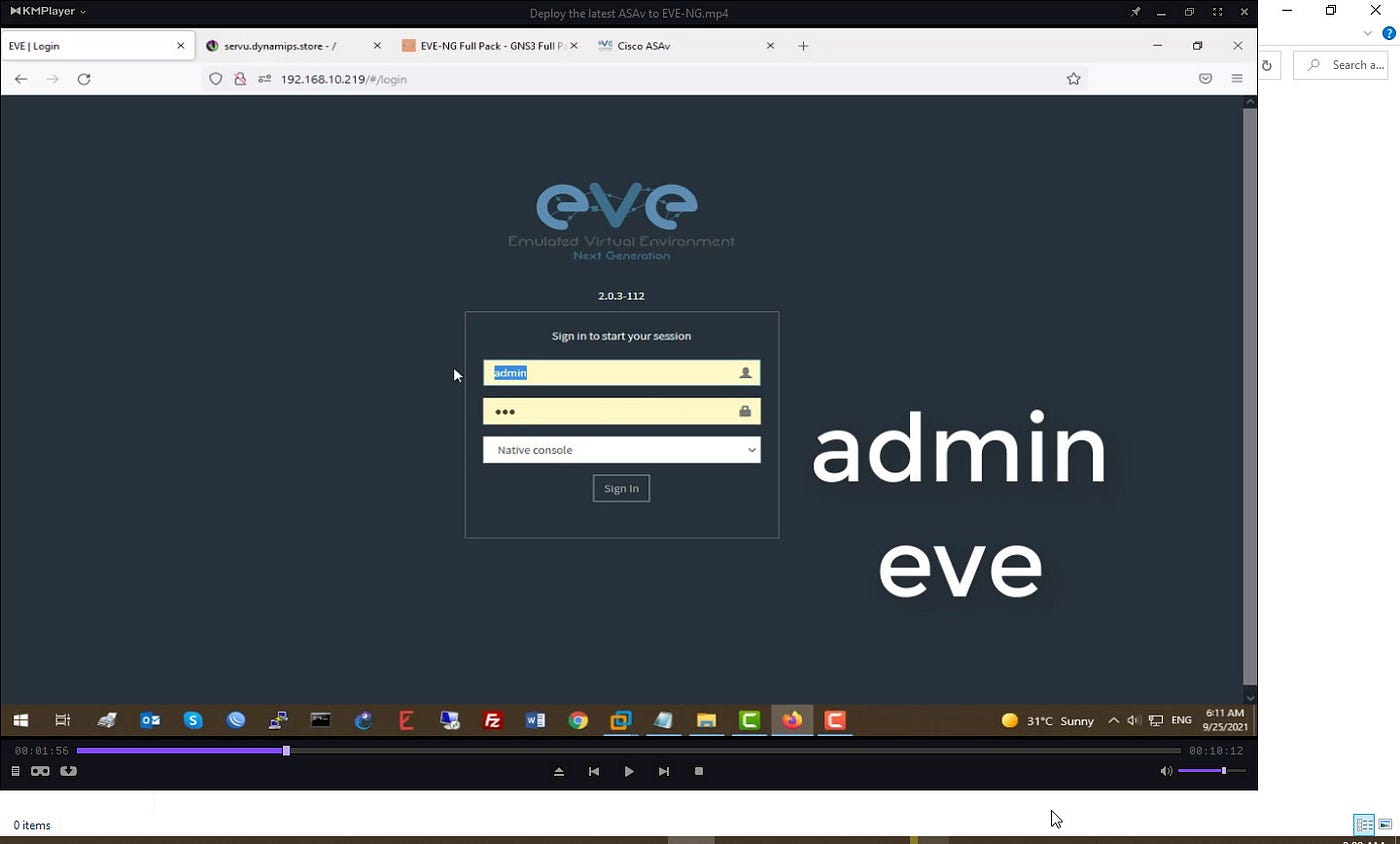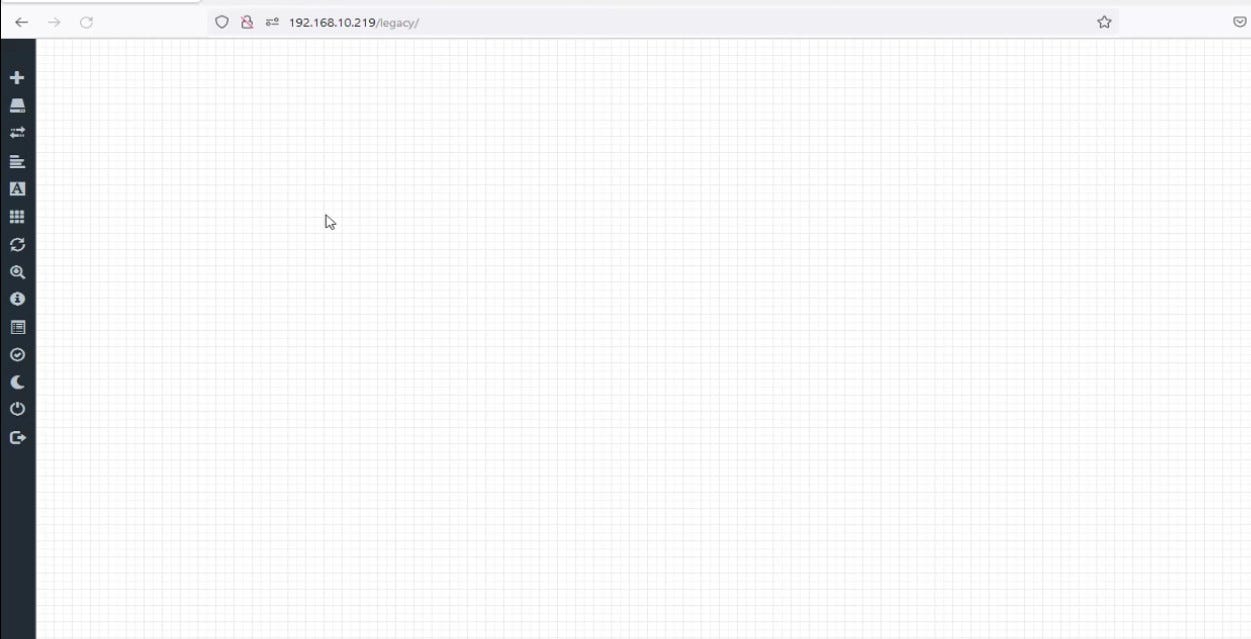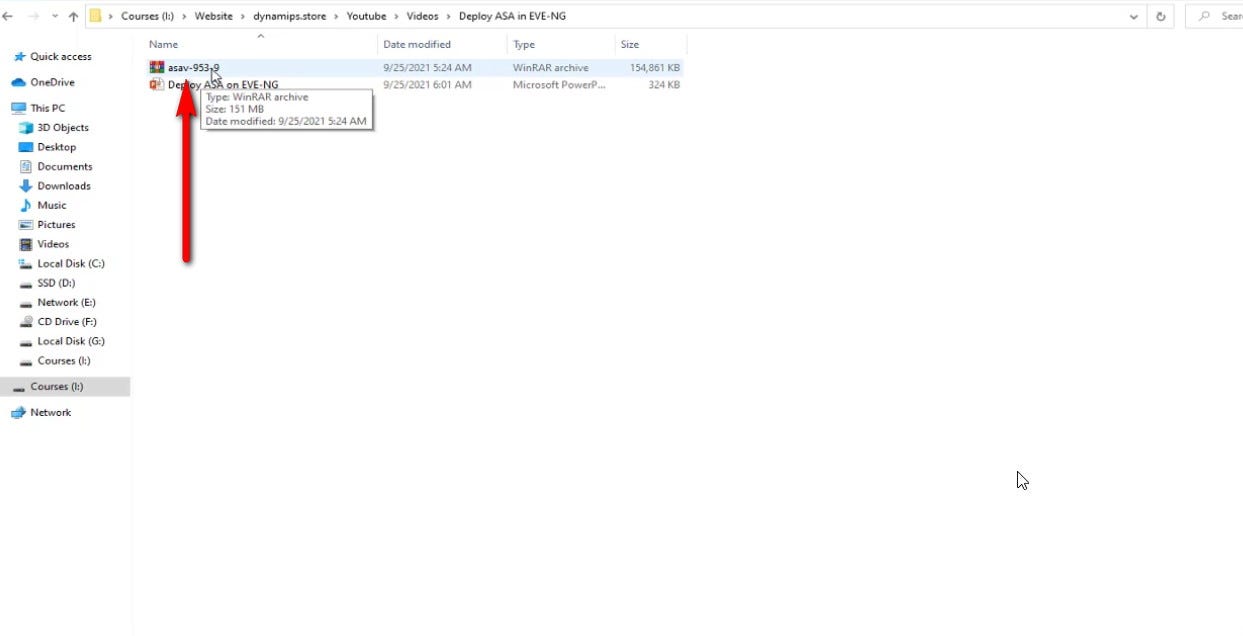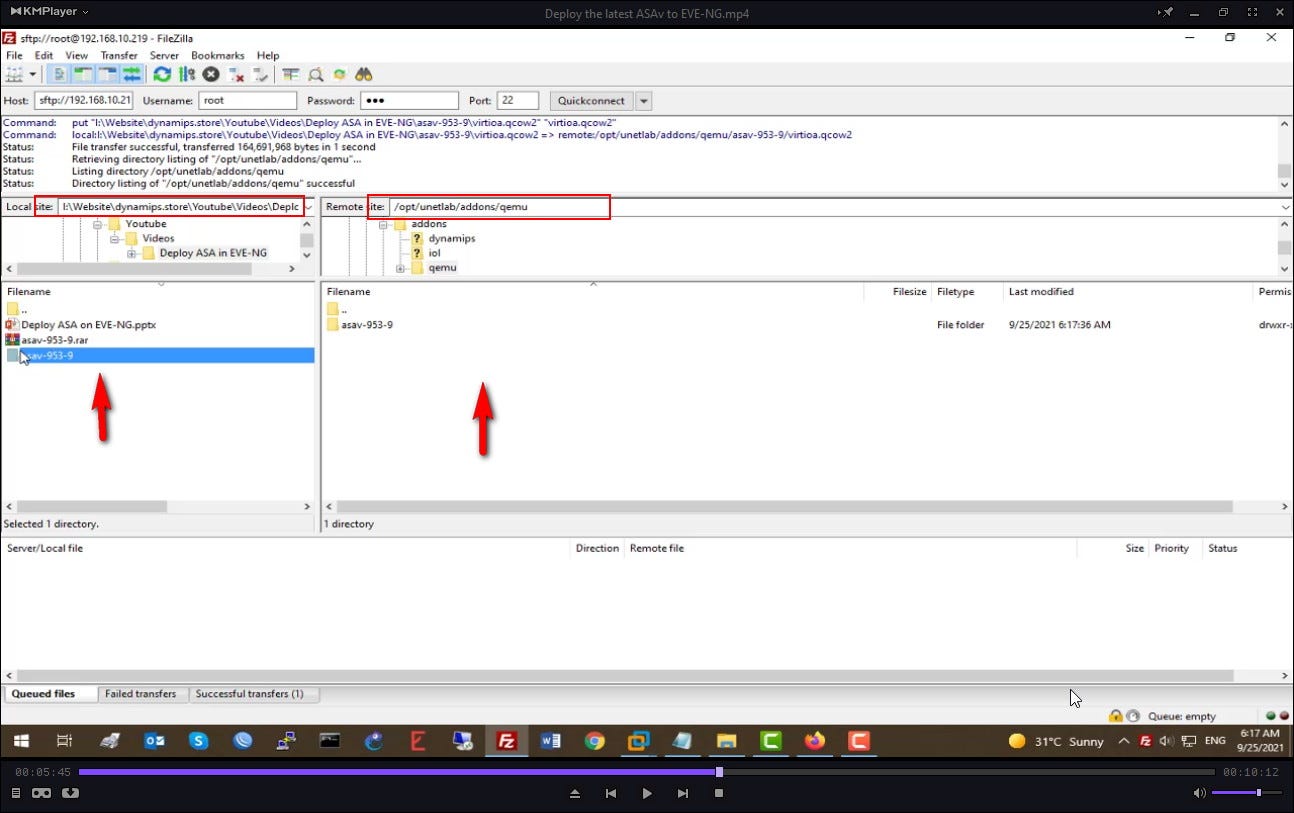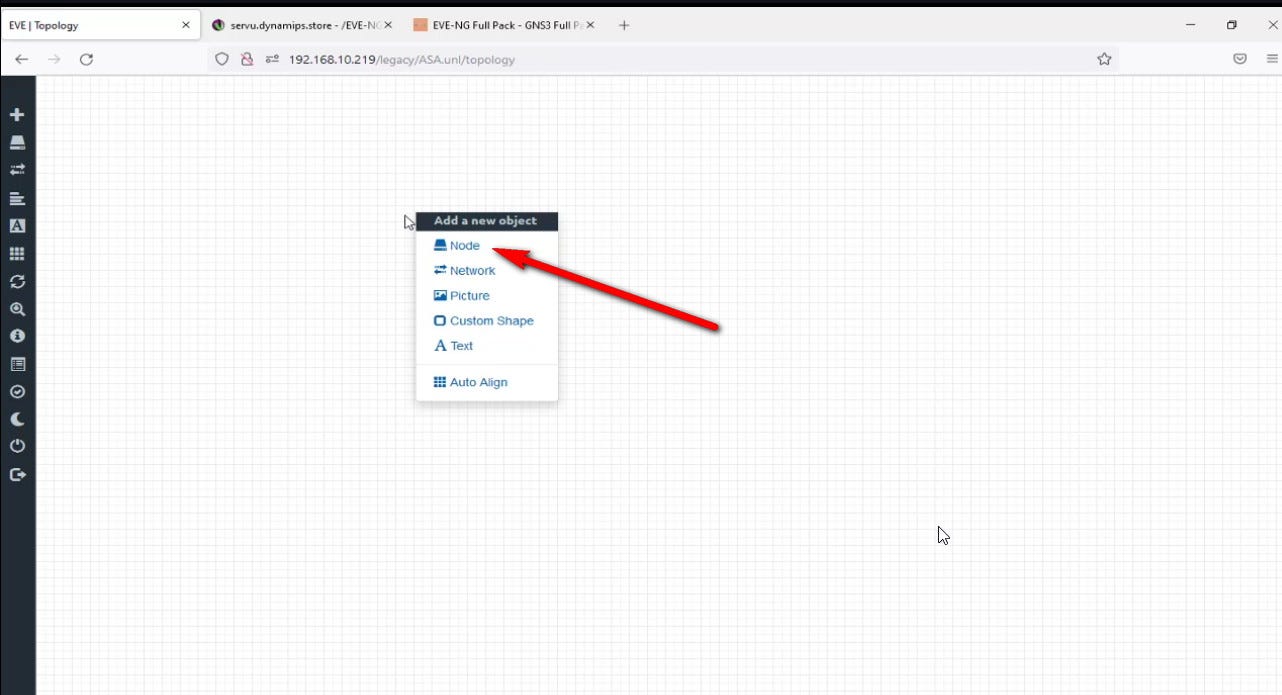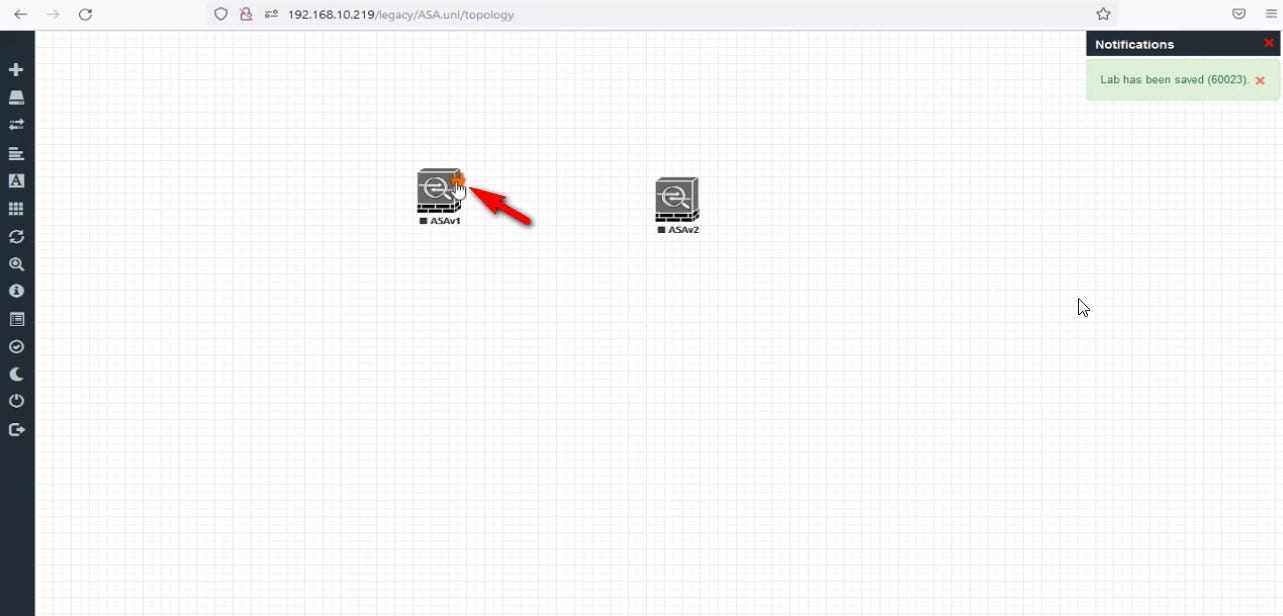Understanding IP Addressing
The overall phenomenon of logical addressing
works on the Layer-3 of the OSI reference model and the network components like
routers and switches are the host devices that are most popularly used.
An IP Address is a 32-bit
logical address that distinctively classifies a host of the network. The host
can be a computer, Laptop or any other device (including Mobile)
The 32 bits binary IP
address is made up of two distinctive parts i.e. The Network address and
the Host address.
It also has 4 octets as each
octet is having 8 bits. This octet is converted into decimal and is separated
by a format i.e. dot. Thus it is represented in a dotted-decimal format. The
range of an octet in binary is from 00000000 to 11111111 and in decimal from 0
to 255.
Example of an IP Address format:
192.168.1.64 (in decimal)
11000000.10101000.00000001.01000000 (in binary).
The binary one is difficult to memorize thus,
in general, the dotted decimal format is used worldwide for representation of
the logical addressing.
Let’s understand in detail how
the binary octet values are converted into decimal values:
There are 8 bits and each bit has the value of 2 to the power n
(2^n). The rightmost have the value 2^0 and left most have the value 2^7.
So
the value of each bit is as follows:
2^7 2^6 2^5 2^4 2^3 2^2 2^1 2^0 (^ denotes the power)
Thus
the result would be:
128+ 64+ 32+ 16+ 8+ 4+ 2+ 1
When all the bits are 1 then the values come out to be 255
(128+64+32+16+8+4+2+1= 255).
Suppose
all the bits of an octet is not 1. Then see how we can calculate the IP
address:
1 0 0 1 0 0 0 1, 128+0+0+16+0+0+0+1= 145.
By combining the bits of the octets in different combinations
according to the need, we can derive the overall IP address of the desired
network. As per the requirement, these are divided into various classes of a
network called as class A, class B, class C, class D, and class E.
Most popularly class A, B and C are used for commercial purposes
and class D and E have reserved rights.
Network Classes And Subnet Mask
The organization which governs the internet
has divided the IP addresses into different classes of the network.
Each class is identified by its subnet mask.
By the categorization of a default subnet mask, we can easily identify the
class of an IP address of the network. The first octet of an IP address
identifies the particular class of an IP address.
The classification is shown with
the help of the below table and figure.
|
Class
|
Ist
octet Decimal Range
|
Network/Host
ID
|
Default
subnet mask
|
|
A
|
1
to 126
|
N.H.H.H
|
255.0.0.0
|
|
B
|
128
to 191
|
N.N.H.H
|
255.255.0.0
|
|
C
|
192
to 223
|
N.N.N.H
|
255.255.255.0
|
|
D
|
224
to 239
|
Reserved
for Multicasting
|
|
|
E
|
240
to 254
|
Experimental
|
|
- The class ‘A’ Address ranging
from 127.0.0.0 to 127.255.255.255 cannot be used and is reserved for
loopback and diagnostic functions. The numbers of hosts which can be
connected to this network are greater than 65536 hosts.
- The number of hosts connected
within the class B networks is from 256 to 65534 hosts.
- The number of hosts connected
within the class C network is less than 254 hosts. Therefore the class C
network mask is perfect for the minor networks which are known as
subnetworks. We utilize the bits from the last octet of class C for
constructing mask. Thus we need to rearrange and optimize the subnet
depending upon the availability of the bits.
|
Subnet Mask
|
Last octet binary
Value
|
No. of hosts
connected
|
|
255.255.255.128
|
10000000
|
126
|
|
255.255.255.192
|
11000000
|
62
|
|
255.255.255.224
|
11100000
|
30
|
|
255.255.255.240
|
11110000
|
14
|
|
255.255.255.248
|
11111000
|
6
|
|
255.255.255.252
|
11111100
|
2
|
Let us assume the case of a
class A IP address:
For
Example,
take a pair of IP address and subnet mask 10.20.12.2 255.0.0.0
#1) Convert this Combination into a binary
value:
#2) The bits corresponding to the subnet
mask with all 1’s represent the network ID as it is a class A network and the
first octet represents the network ID. The bits corresponding to all 0’s of the
subnet mask is the host ID. Thus the network ID is 10 and the host ID is
20.12.2
#3) From the given subnet, we can also
calculate the IP range of a particular network. If the IP is 10.68.37.128
(assuming class A case)
Subnet mask: 255.255.255.224
IP range =256-224= 32.
Out of 32 IP’s, ideally one is used for the gateway, second is for the network
IP and the third is for broadcast IP.
Thus total usable IP’s are 32-3= 29 IP’s.
The IP range will be 10.68.27.129 to
10.68.27.158.
Subnetting
Subnetting allows us to create various
sub-networks or logical networks within one network of a particular class of
the network. Without subnetting, it is almost unrealistic to create big
networks.
For constructing a big networking system,
every link must have a unique IP address with every device on that linked
network which is being the participant of that network.
With the help of a subnetting technique, we
can split the large networks of a particular class (A, B or C) into smaller
subnetworks for inter-connection between each node which are situated at
different locations.
Each node on the network would have a
distinctive IP and subnet mask IP. Any switch, router or gateway that connects
n networks has n unique Network ID and one subnet mask for each of the network
it interconnects with.
The formulae of subnetting is
as follows:
2^n >= requirement.
The formulae of a number of
hosts per subnet is as follows:
2^n -2
Now let’s understand the
overall process with the help of an Example:
We have taken an example of
Class C network ID with a default subnet mask.
Suppose Network ID/IP address
is: 192.168.1.0
Default Subnet mask: 255.255.255.0 (in decimal)
Default Subnet mask: 11111111.11111111.11111111.00000000 (in
binary)
Thus the number of bits are 8+8+8+0= 24 bits.
As mentioned earlier, for subnetting in class C network, we will borrow bits
from the host portion of the subnet mask.
Therefore, to customize the
subnet as per requirement:
We take a subnet mask of 255.255.255.248 (in
decimal)
11111111.11111111.11111111.11111000 (in
binary).
From the above binary notation, we can see
that the last 3 bits of the last octet can be used for host ID addressing
purpose.
Thus the number of subnets= 2^n = 2^3= 8
subnets (n=3).
Number of hosts per subnet= 2^n -2= 2^3 -2=
8-2= 6 Subnets i.e. usable Host IP.
Now the IP addressing scheme is
as follows:
|
Network IP
|
First
Usable IP
|
Last
Usable IP
|
Broadcast
IP
|
|
192.168.1.0
|
192.168.1.1
|
192.168.1.6
|
192.168.1.7
|
|
192.168.1.8
|
192.168.1.9
|
192.168.1.14
|
192.168.1.15
|
|
192.168.1.16
|
192.168.1.17
|
192.168.1.22
|
192.168.1.23
|
|
192.168.1.24
|
192.168.1.25
|
192.168.1.30
|
192.168.1.31
|
|
192.168.1.32
|
192.168.1.33
|
192.168.1.38
|
192.168.1.39
|
|
192.168.1.40
|
192.168.1.41
|
192.168.1.46
|
192.168.1.47
|
|
192.168.1.48
|
192.168.1.49
|
192.168.1.54
|
192.168.1.55
|
|
192.168.1.56
|
192.168.1.57
|
192.168.1.62
|
192.168.1.63
|
The subnet mask for all the above IP’s in the
table is common i.e. 255.255.255.248.
With the help of the above example, we can
clearly see, how subnetting helps us to construct inter-networking between
various links and nodes of the same subnetwork. All these above IP’s can be
used for inter-networking the devices within the overall network.
Note: Subnet mask is most widely used everywhere in
a computer networking system. Hence, there is one more method to represent the
subnet mask of a particular network which is chosen and standardized as it is
easy to denote and memorize.
Subnet mask– 255.255.255.248 (binary)
11111111.11111111.11111111.11111000 (decimal
notation)
From the decimal notation we
can calculate the number of bits having 1 in each octet:
8+8+8+5= 29
Thus the Subnet mask can be
denoted as /29.
With Network ID it can be
denoted as 192.168.1.9/29.
From the above notation, anyone who knows the
standard notation and formulae of subnetting can understand that the IP is
using a subnet mask of 255.255.255.248 or /29.
The different Subnetting scheme
in binary and decimal notation is shown below:
|
Subnet Mask
|
Notation
in decimal
|
Notation
in Binary
|
Number
of Usable IP
|
|
/24
|
255.255.255.0
|
11111111.11111111.11111111.00000000
|
254
|
|
/25
|
255.255.255.128
|
11111111.11111111.11111111.10000000
|
126
|
|
/26
|
255.255.255.192
|
11111111.11111111.11111111.11000000
|
62
|
|
/27
|
255.255.255.224
|
11111111.11111111.11111111.11100000
|
30
|
|
/28
|
255.255.255.240
|
11111111.11111111.11111111.11110000
|
14
|
|
/29
|
255.255.255.248
|
11111111.11111111.11111111.11111000
|
6
|
|
/30
|
255.255.255.252
|
11111111.11111111.11111111.11111100
|
2
|
The ‘/’ notation method of the subnet mask is
most widely used as it is easy to memorize and the binary notation and decimal
are very lengthy in size.
As we are denoting the mask scheme while
interconnecting the network components through the figure, if we use the
decimal and binary method then the overall diagram will become very complex and
difficult to understand.
There are so many IP’s on the platform to be
shown and it becomes difficult to memorize as well. Thus generally, people who
are familiar with routing and IP addressing scheme use short notation methods
in figures and diagrams.
Example 1:
Understanding
Subnetting with an Example of Interconnection of Network Devices:
The above figure shows how subnetting is used
for interconnection of subnetworks. Firstly, as per our need for the number of
hosts required to be connected and meet the other requirements of the network,
we customize the subnet mask and network ID accordingly and assign to the
devices thereafter.
The above network is using class C network
mask and /29 subnet mask means network IP can be divided into 8 subnets. Each
router has a unique IP address for each linked subnetwork.
There is an important point to be noticed that
the more the bits we carry from the subnet mask for host ID then the more will
be the subnets obtainable for the network.
Example 2:
Class
B Network:
|
Subnet mask
|
Notation
in binary
|
Number
of Usable IP
|
Number
of Subnets
|
|
255.255.128.0
|
11111111.11111111.10000000.00000000
|
32766
|
2
|
|
255.255.192.0
|
11111111.11111111.11000000.00000000
|
16382
|
4
|
|
255.255.224.0
|
11111111.11111111.11100000.00000000
|
8190
|
8
|
|
255.255.240.0
|
11111111.11111111.11110000.00000000
|
4094
|
16
|
|
255.255.248.0
|
11111111.11111111.11111000.00000000
|
2046
|
32
|
|
255.255.252.0
|
11111111.11111111.11111100.00000000
|
1022
|
64
|
|
255.255.254.0
|
11111111.11111111.11111110.00000000
|
510
|
128
|
|
255.255.255.0
|
11111111.11111111.11111111.00000000
|
254
|
256
|
|
255.255.255.128
|
11111111.11111111.11111111.10000000
|
126
|
512
|
|
255.255.255.192
|
11111111.11111111.11111111.11000000
|
62
|
1024
|
|
255.255.255.224
|
11111111.11111111.11111111.11100000
|
30
|
2048
|
|
255.255.255.240
|
11111111.11111111.11111111.11110000
|
14
|
4096
|
|
255.255.255.248
|
11111111.11111111.11111111.11111000
|
6
|
8192
|
|
255.255.255.252
|
11111111.11111111.11111111.11111100
|
2
|
16384
|
The above table shows the details of the
number of subnets and hosts that can be connected per subnet mask by using
Class B subnetting Scheme.
For connecting a host in big quantity and WAN
communication systems, the Class B subnetting is very effective as it gives a
wide range of IP’s for configuration.
